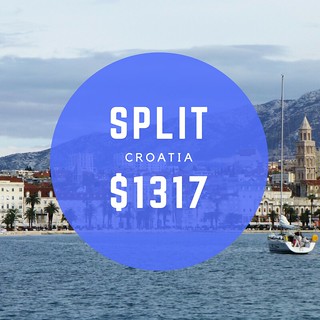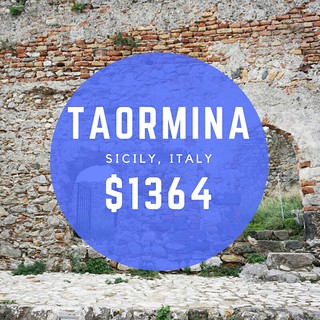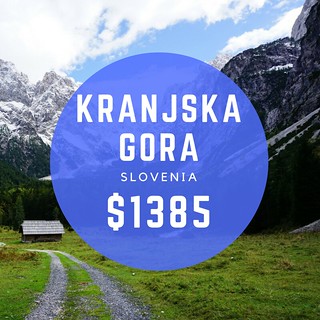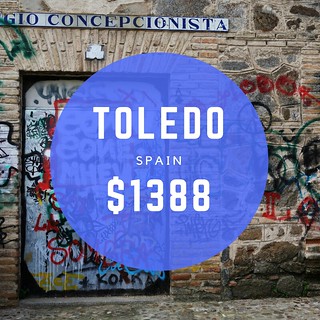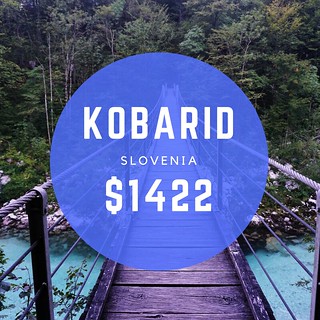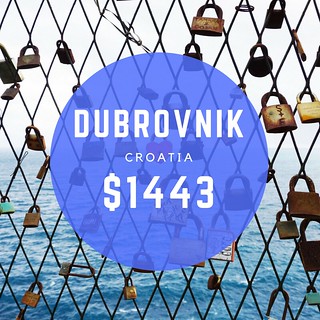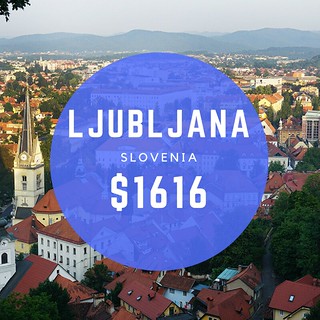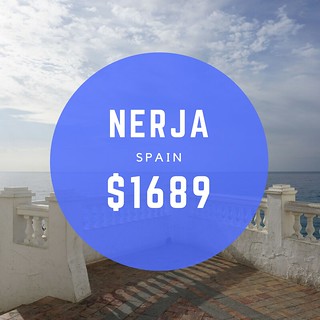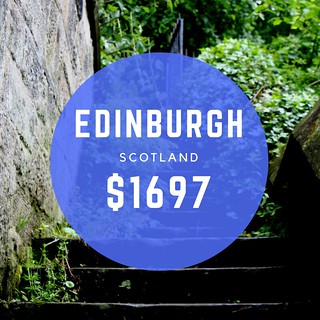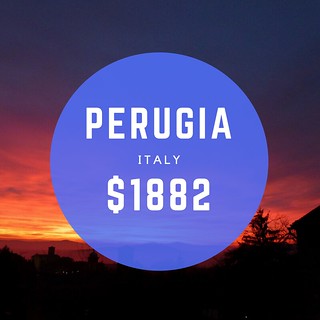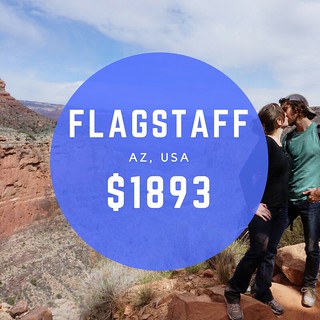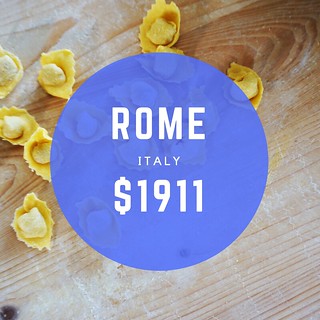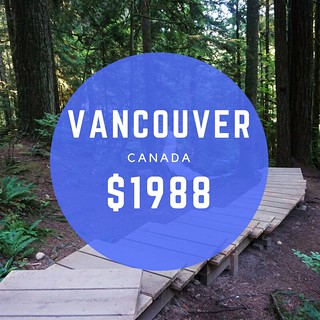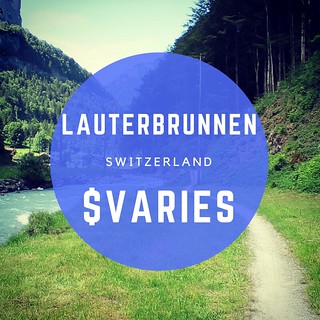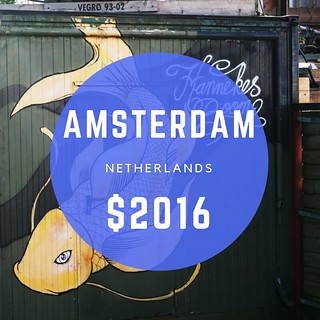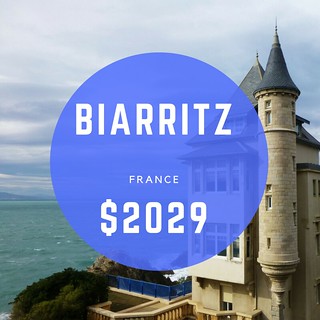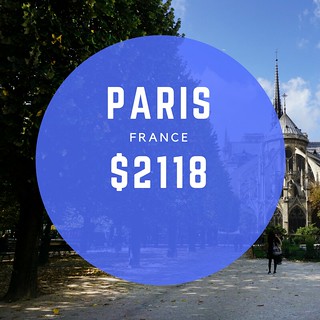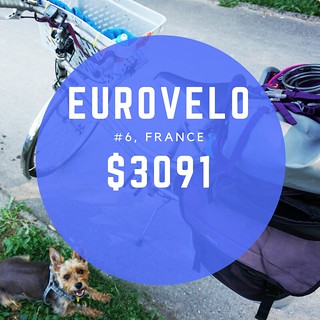How do you afford to travel the world full-time?
I do my best to answer this question along the way, sharing my real monthly budgets for stays in places like Rome and Paris and the Italian countryside, writing monthly about my location-independent career as a content strategist and writer, and even interviewing other full-time travelers about their spending.
And this? This is where I keep a detailed account of how I manage expenses while traveling full-time. Below you’ll find real budget numbers for stays all over Europe (and a few other locations), as well as details about how I travel and budget along the way.
Without further ado, then, here’s everything you ever wanted to know about budgeting for full-time travel.

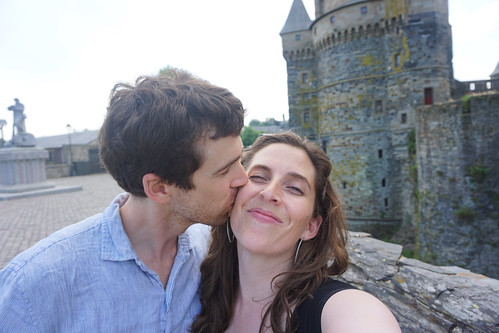
First, a few things you should know…
The first thing you should know is that my lifestyle of full-time travel is something that I do on the same budget (or less) than I lived on in the US. This is the key to making long-term travel a reality. Wherever you are in the world, having a financially sustainable life is about spending less than you make.
The second thing you should know is that there are people who travel the world full-time on less than I budget.
In part, this is because I don’t pick places because they’re cheap; I pick them because they’re beautiful or because my friends are there or because I’m just curious.
In part it’s because I don’t stay in the cheapest accommodation possible or keep to a very tight food budget and, since I’m working and traveling with a dog, I rarely housesit or couch-surf. So keep in mind that my budgets are not “the” budgets, my way of traveling is not the only way digital nomads and remote workers travel. We’ve all got our own very distinct ways of living.
So, what’s my way of traveling?
:: I travel with a partner and a dog.
:: My heart belongs to Europe, so we spend most of our time there.
:: We typically stay in one base for 1 – 3 months at a time and almost always choose to rent comfortable apartments in local neighborhoods rather than stay in hotels, hostels, B&Bs, or guesthouses (though for short stops in between bases or weekends away, we do hotels, B&Bs, and hostels).
:: We’re foodies through and through, so we devote a large portion of our budget to good, fresh, usually organic food.
:: We are working while traveling, which means we spend a good portion of the week holed up at home working on projects.
:: And in our spare time, we cycle, hike, read, explore, and eat, most of which is cheap or free and keeps entertainment budgets on the low side.
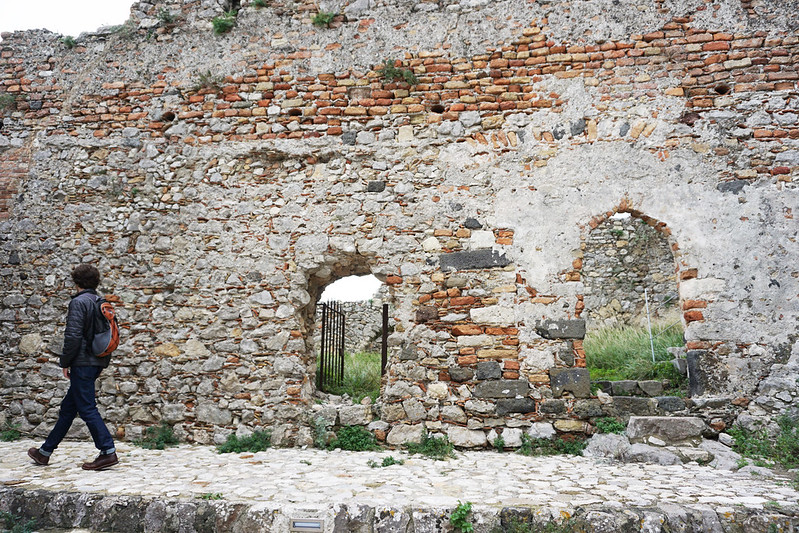

My Nomadic Monthly Living Expenses
My biggest expense, both in the states and abroad, is housing. When I was traveling solo, I spent about $1,000 per month. Now that I’m splitting rent, we can afford to stay in nicer spaces and still keep our individual spending lower. I shoot for less than $800 per month and often happily come in under $600.
Keeping housing costs reasonable is one of the reasons we travel so slowly. Because monthly apartment rental prices are significantly lower than nightly or even weekly prices. We use sites like Flatio and Airbnb to find month+ rentals.
The other major every-month living expense is, of course, food. Eating fresh, high-quality food is very important to both me and Chad, so I’ve always allowed myself to spend more money on it. In the states, I shopped at organic grocery stores and tried to buy healthier options, which were often a bit more. In Europe, I shop at fresh markets, local butchers, and tiny bakeries most of the time and stay away from imports that might have questionable chemicals or ingredients.
I don’t attach a specific number to my food line item, but always strive to only buy what I need and to buy it in the best quality, most local form I can. I mostly cook at home instead of eating out and when I do eat out I go for quality over quantity. Chad and I can usually share a single entree (and perhaps a dessert) and walk away satisfied, so eating out costs tend to run low.
Recent grocery budgets have been about $400 (Rennes, France), $280 (northern Slovenia), and $330 (Ljubljana, Slovenia). Eating out budgets in those same locations were about $150 (Rennes), $70 (northern Slovenia), and $190 (Ljubljana). As you can see, food spending varies, but generally within a range of a couple hundred dollars.

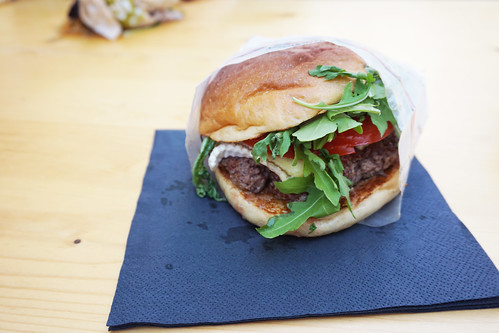
The third major monthly expense is transportation. For me, this usually means one or two train and bus tickets. During the month, I choose to walk whenever possible (which, in Europe, is nearly always) and only take buses and metros when the weather is walking-prohibitive, if the walk would be more than an hour long, or if I’m in a particularly busy city and the walk would be crowded or stressful. This keeps my transport costs way lower than they were in the US, since my US costs included car insurance, car payments, gas, car maintenance, and yearly tag renewals (conservatively, I was spending at least $500 per month).
These days, I spend anywhere from about $25 (Prague unlimited monthly transit pass) on a month where I’m staying put to $300ish (trains from Rennes, France, to Prague, Czech Republic) on a month when I’m moving from one base to another.
Finally, my monthly expenses include Luna’s food and care, which varies a little from country to country, but rarely exceeds $200 per month, and entertainment/fun money, which actually often ends up being less than I spent in the states because abroad I’m more content to simply take long walks, hike, and participate in all manner of other free or cheap activities.
Supplies tend to run less abroad as well, in part because I am careful about what I buy, since I carry everything on my back, and, in part, because I’m less bored and thus feel less of a need to shop. The ironic and wonderful thing about this is that the things I buy are often higher quality and more expensive, yet I generally spend less overall than I did in the states.
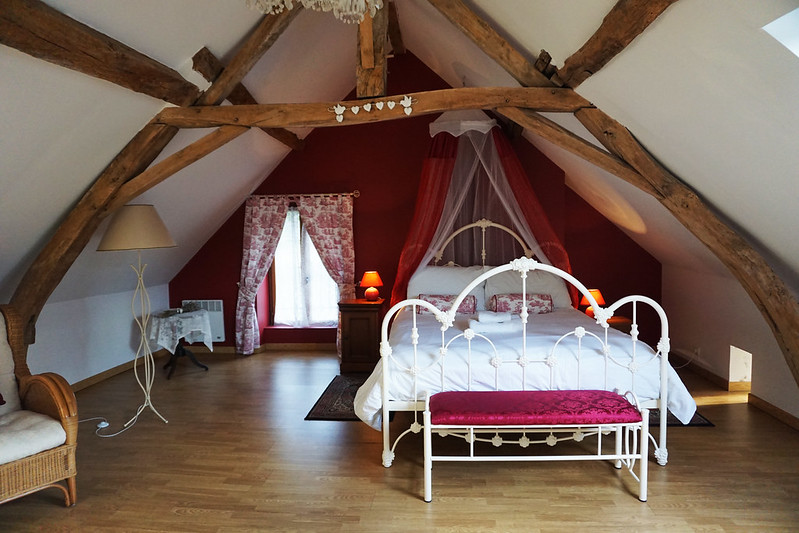

Finally, there’s health insurance and healthcare. I pay $165 per month for GeoBlue insurance that covers me anywhere in the world except the US. So far, they’ve been pretty good. When I used them in 2017, they were really on top of things, answering emails quickly, setting up direct billing for my appointments. They’ve been less on the ball so far in 2018 (it’s already taken two weeks to try and get my annual exam scheduled), but I’m giving them the benefit of the doubt and hopeful that whatever’s going on will smooth itself out.
Previously, I tried travel insurance through World Nomads, which I found wildly frustrating (despite marketing themselves to travelers, they require you to jump through a LOT of paperwork hoops that require access to printers, scanners, and copy machines) and IMG Global, who ignored my emails and took months upon months to even acknowledge my claims after I was hospitalized on Malta. I would not recommend either company.
Which brings me to the other ongoing, variable expense: healthcare. Doctor visits. Dentist visits. Medications. The good news is that the rest of the world tends to run way cheaper than the US. Three months of birth control in the US cost me about $150 out of pocket (and that’s with a discount) pre-Obamacare. A doctor’s visit and a three-month supply of birth control in Germany, by contrast, cost me under $100. And three months of birth control in Switzerland? Less than $50.
In all, I try to keep monthly spending under $2,000. (And even with this as my budget ceiling, I very often come in far under.)
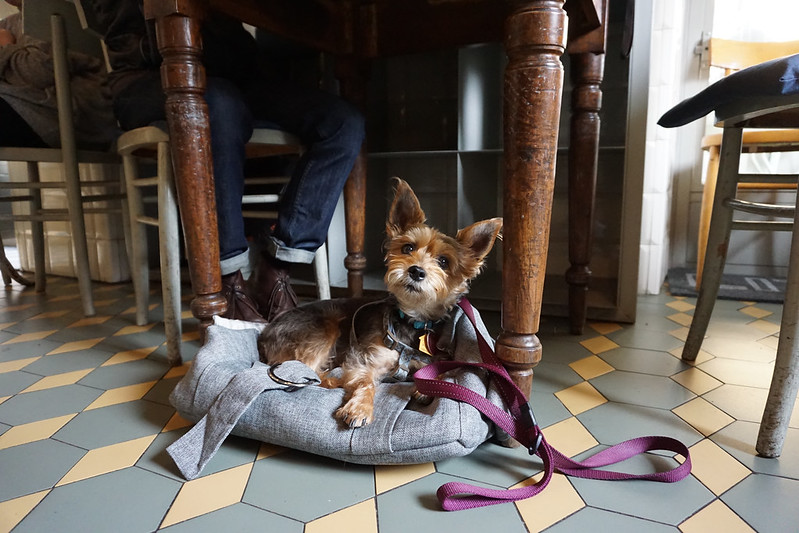
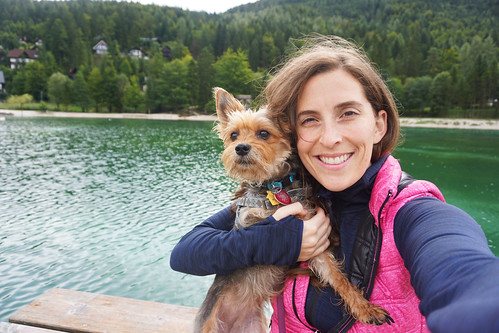
For those who’d like a more detailed look at my monthly budgets around the world, here they all are categorized by price range (click on the graphics for details on the budgets):
From cheapest to most expensive monthly budget:
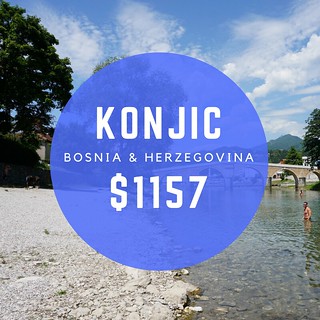
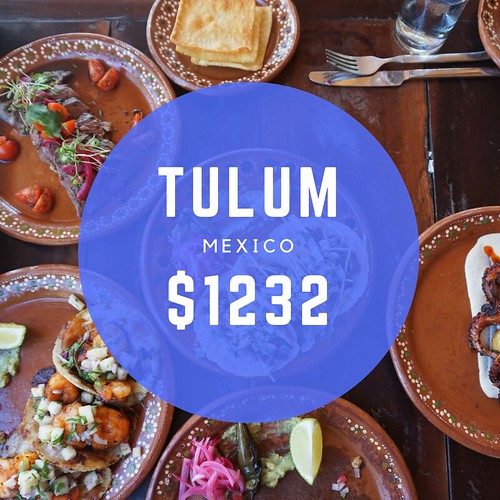

Business Costs
I generally separate my business expenses from my regular monthly expenses, since they vary pretty wildly. (Which means you won’t see any of these expenses reflected in the above budgets.)
I don’t own a cell phone and instead use TextNow on my iPad. It’s free (because they serve up ads) and it’s perfect for me since I rarely ever use the phone.
I also pay $10 at a time for credit on a Google Voice account, which allows me to make outgoing calls cheaply all over the world (my TextNow number is a US number). I use it for things like restaurant reservations abroad and the cost tends to range from one to three cents per minute. This isn’t a set monthly expense and if I had to guess I’d say that I probably spend $10 per year right now.
Once a year or once every few years, I also have expenses for web hosting and domain renewal for the website. This costs me less than $100 per year.
Another variable cost is contract labor. Sometimes I hire a developer or a designer (like the fabulous illustrator who did this). These are one-time expenses and vary greatly, so I budget for them as needed on a per-project basis. I also tend to rely a lot on trades, offering up writing or strategy consulting in exchange for design or development work that I can’t tackle myself.
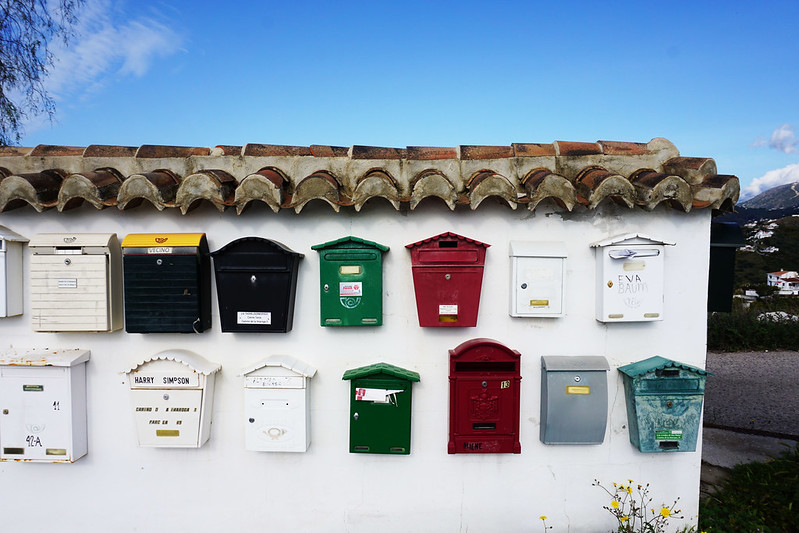

Finally, there are taxes. In general (though not in every case), you are expected to pay taxes in the place you reside. When I was a US resident, I paid in the US. When I was a legal resident of Switzerland, I still had to file taxes in the US, but I was eligible for the FEIE in the states and paid taxes in Switzerland.
For those paying in the states and self-employed, taxes are due quarterly, not yearly. So every three months I’d calculate the taxes I owe (to the best of my not-a-math-whiz ability) and send the government a check. Then at the end of the year I do a much more detailed calculation (usually with the help of a tax professional, which adds another $300 – $350 in expense to my yearly tally) to make sure everything has been paid properly.
Quarterly & Annual Expenses
There are a few things I don’t budget for monthly (or include in my monthly budget posts) because they are yearly or quarterly expenses and may vary greatly from month to month. One of these things is plane tickets.
I’m not a traveler that flies a lot, preferring to explore one continent thoroughly at a time and take trains where possible both because it’s simply a more pleasant way to travel and because the older I get the worse my plane-sickness gets, so flying has stopped being even a little bit fun.
So, since I’m not buying them monthly or even bi-monthly, I usually don’t track plane ticket costs monthly and instead factor them into my budget on a quarterly or yearly basis. This year (2018), I’ve taken three flights so far (one-way Colorado to NYC, one-way NYC to France, and return NYC to Minneapolis for a conference). This is actually more than average for me, as usually I can get away with one to two flights per year.
Replacing technology (my laptop or tablet), big one-time medical expenses, and other large one-time purchases (like my folding bike) are also something I look at quarterly or annually rather than monthly.
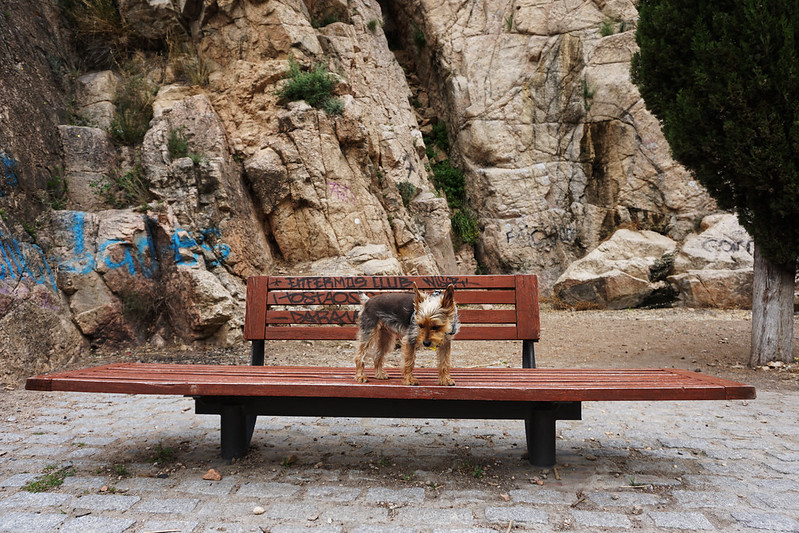
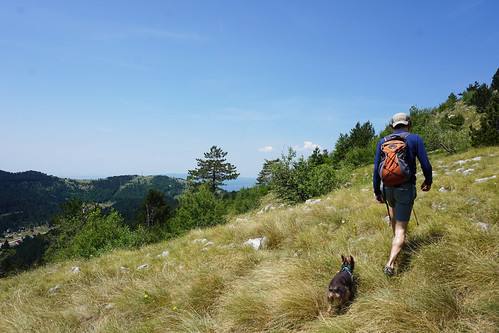
Expecting the Unexpected & Planning for the Future (Savings)
Finally, for me, part of feeling comfortable starting my business and then, a year or so later, leaving to travel full-time was having a decent financial buffer in the bank. I was advised while starting my business to have at least six months worth of expenses in the bank just in case. Being a bit neurotic about money, I waited until I had 10 months and enough clients that I was already almost breaking even.
Similarly, when I started traveling, even though I would be working normally and hopefully earning normally, part of feeling comfortable was the knowledge that I had a buffer. If all my clients ditched me in month one, I could live for a year without income (assuming I lived relatively frugally).
Everyone operates differently on this. When my aunt started her business, she quickly went into debt. Yet she was wildly successful over time. I’ve also heard stories of those who moved to a cheap part of Asia to start their business, which meant the limited funds they had could last them much longer while they got things off the ground. I know one man who told me it’s going to take $150,000 to start his business. Another woman told me a success story that started with just 3,000 euros in the bank. An old roommate told me she’s been traveling and working for years with just a few hundred euros to her name.
My income is variable, but I also try to set aside a decent percentage (my ambitious goal is 50%, though I don’t always hit that) each month for the future–both to tackle unexpected expenses or emergencies, to be prepared for my yearly tax bills, and, of course, to create more security for myself in case I ever cannot or no longer want to work. I’m pretty risk-averse and frugal, so I’ve always found ways to squirrel money away, even when I was in school, was working as a waitress in Pennsylvania after college, and was living in pricey NYC.
Any expenses you tend to have during travel that I haven’t mentioned? Any questions about travel expenses and budgeting? Toss them in the comments.

